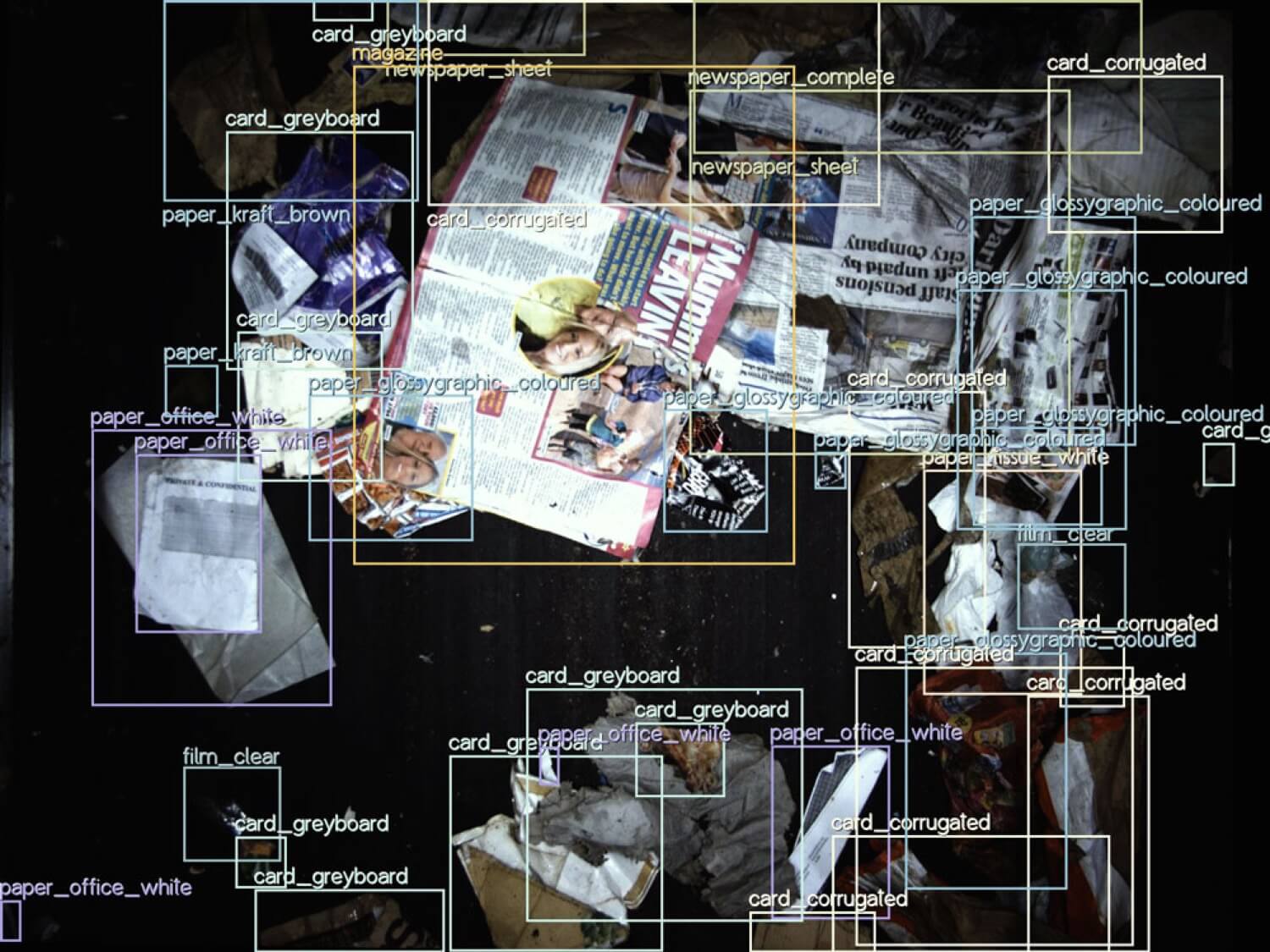Manual sampling is too expensive and labour-intensive to meet today’s compliance demands.
However, recovery facilities still rely on it to gather data on their material, making compliance reporting a major drain of time and resources. Infrequent samples don’t reflect ever-changing waste composition, either.
Even if facilities can find staff amid the ongoing waste labour shortage, though, few can afford to scale manual sampling: The Environmental Services Association warn that upcoming stricter sampling regulation will cost some UK businesses as much as £50 milllion.
Any increases in reporting requirements pose a threat to facility profits — but that’s exactly what the sector needs to prepare for:
Avoiding an existential challenge with AI

From October 1st 2024, the UK government’s Environment Agency (EA) will require more recovery facilities to report on more material, more often. The change includes a massive increase in sampling frequency: instead of taking 60kg samples for every 125 tonnes of infeed material, facility staff will need to do it for every 75 tonnes.
Thankfully, the EA have opened the door to automation - given the facility is able to demonstrate how it meets the regulations. The UK’s government is one of the first in the world to accept AI-supported compliance reporting.
It’s industry-changing news: sampling is no longer an existential threat. Instead, it’s about to become more cost-effective than ever. The EA has reviewed a process framework we created to smooth the transition to automated sampling — and lead the charge for automated compliance reporting worldwide.

Why AI waste analytics systems are essential for cost-effective compliance
In the lead up to October 2024, the EA updated their MF sampling requirements to allow the use of AI to gather and report waste data:
Visual detection and recognition technologies, including artificial intelligence (AI), can enable the automation of sampling and you may choose to use them for testing samples.”
This landmark development paves the way for affordable, scalable compliance: we’ve compared the costs of manual sampling to AI waste analytics systems like Greyparrot Analyzer, and found that automated monitoring is around 600x cheaper.

Facilities that can automate the MF sampling and reporting process won’t have to decide between compliance and profitability. In fact, with AI waste analytics systems the two can be optimised simultaneously:
Our customers are already using Analyzer units to gather insights that help them balance yield, throughput rates, product quality and residue loss — now, they’ll be able to use that same data to make massive savings on sampling compliance.
There is a catch, however. Waste management organisations that want to automate compliance reporting with AI need to ensure they create a methodology that follows the government’s guidelines. The responsibility for defining that methodology lies with businesses.
How Greyparrot helps customers automate sampling faster

Automated waste sampling is unexplored territory for waste organisations without in-house AI experts. That’s why we developed a methodology according to the EA guidance, and have sent it to them for review and validation.
By creating the first ever EA-compliant AI sampling methodology for our customers, we’ll speed the adoption of automated reporting before costs skyrocket.
We’ve answered the EA’s key questions about automated sampling so our customers don’t have to, including:
- The process for taking automated samples
- How the sampling process accounts for variations in the waste stream
- How waste is categorised (whether it’s packaging, non-packaging, target material, contaminants, or something else)
- How the Analyzer estimates mass to meet regulatory requirements
- How to provide evidence for the reliability of Analyzer data (including a full testing protocol which can be saved on record for each quarter)
Instead of spending time and resources to define their own sampling processes, our customers will be able to use the methodology we’ve created. We’ll then work with each facility to tweak our template to their specific needs.
If you’d like to automate your own facility’s sampling process with AI, speak to a member of our team here.


.png?width=501&height=285&name=cover-2%20(1).png)

